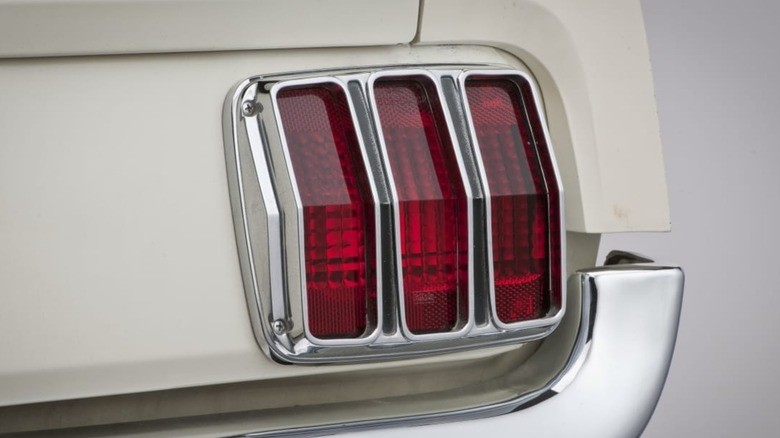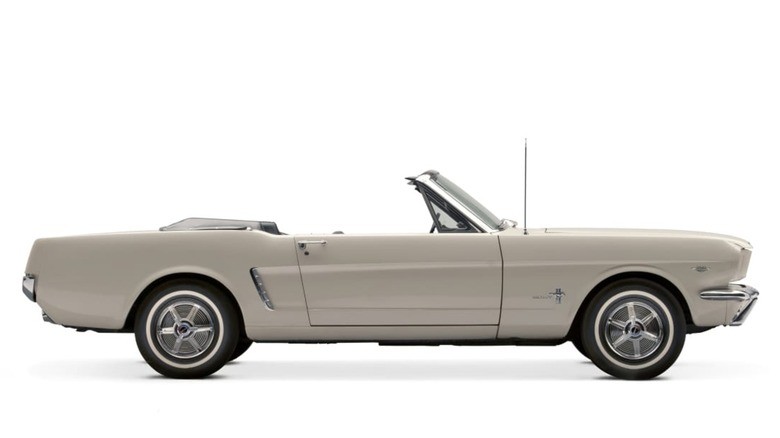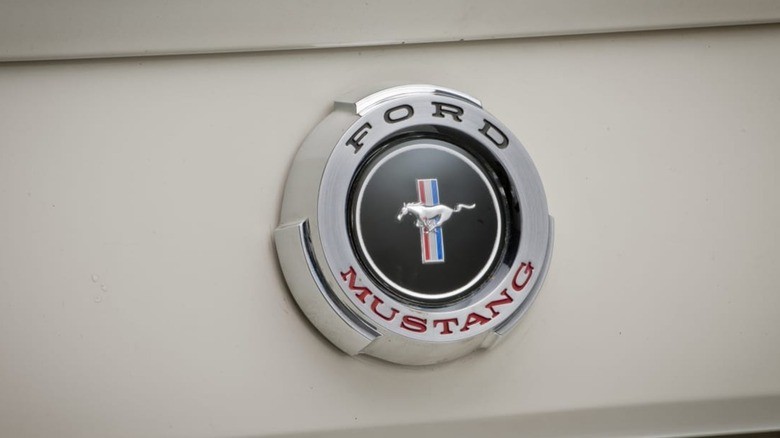The First Mustang Returns: Ford’s Unlikely Trade That Shaped a Legend
Ford projected 150,000 Mustangs in the first year. By the end of 1965, 418,000 had found homes. The car that started it all was Wimbledon White, a 260-cubic-inch V8 convertible — VIN 5F08F100001 — the very first Mustang, chassis number one. Its life began far from a showroom floor, in Newfoundland, Canada, where it served as a display piece before a twist of fate would pull it back toward Ford.

In This Article:
Chassis One Finds an Unlikely Home
Chassis number one traveled to Newfoundland and landed at George Parsons Ford as a display piece. On April 14, 1964, Captain Stanley Tucker happened to pass by, spotted the Wimbledon White Convertible, and walked in with a deal. He would become the very first Mustang owner, a fate no one expected for a car meant to stay on a showroom floor. This was the first of 180 pre-production Mustangs, and it should never have been sold.

The Swap That Made History
By early 1966, Tucker had logged about 10,000 miles in his cherished Mustang. Ford, meanwhile, was preparing to hit the production milestone of the millionth Mustang and wanted their first car back. They offered a straightforward trade: return the first Mustang and take the millionth, with Tucker free to choose the specification. He selected a Convertible in Silver Frost Metallic, loaded with nearly every option, except the high-performance 289ci V8, which carried a shorter warranty. Ford retrieved the original car, donated it to the Henry Ford Museum, and handed Tucker a top-of-the-line new model with another historically significant VIN. Tucker even met Lee Iacocca, the Mustang’s father and Ford vice president.

A Regret, a Repaint, and a Mystery
Some years later, Tucker expressed mild regret about the swap, though many enthusiasts argue the first Mustang deserved to return home. In Tucker’s hands, the Wimbledon White car logged thousands of miles and endured harsh Canadian winters, enough to require repainting by the museum. The millionth Mustang, meanwhile, disappeared from public view after Tucker sold it to his mechanic in the mid-1970s, with no paperwork to track its VIN. The car’s fate remains a mystery, sparking ongoing speculation among Mustang hunters.

Legacy of a Legend: What This Trade Teaches Us About History and Hope
Ford’s clever exchange preserved a piece of automotive history while fueling a new chapter in Mustang lore. The first Mustang’s journey—from display car to museum exhibit—highlights the power of provenance and public interest in a brand’s story. The uncertain fate of the millionth Mustang adds a lingering sense of mystery to the early years of the legend. Together, they remind us that cars are more than machines: they are artifacts that carry memory, identity, and a people’s shared dream of speed and freedom.

